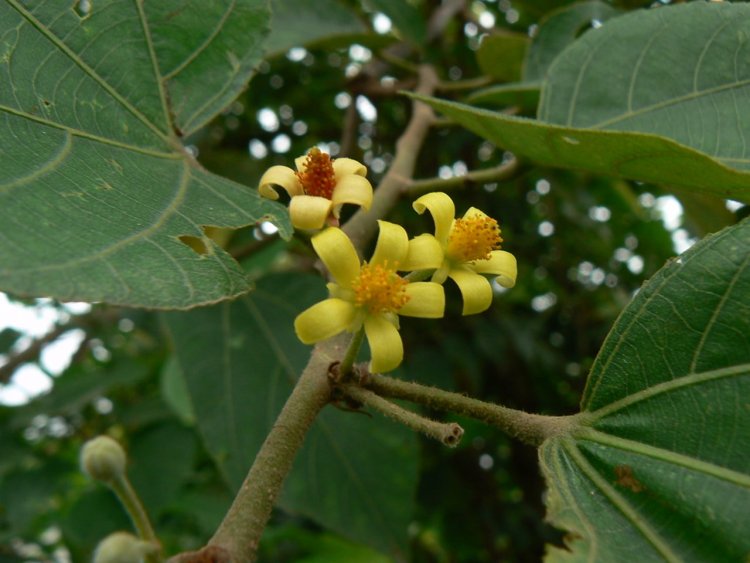Two trees on verge of extinction in Bihar

Patna: Grewia asiatica, which goes by the name Phalsa, and Hardwickia binata, better known as Anjan' in Hindi, are almost on the verge of extinction in Bihar and the state government has decided to carry out a survey to find out the reason.
Phalsa was first sighted in Gaya and then taken by Buddhist scholars to Varanasi and the rest of the world, D K Shukla, Chairman, Bihar State Biodiversity Board, said.
It is a shrub growing up to a height of 8 metre and the flowers are produced in cymes.
Purple in colour when ripe, Phalsa berries are small, measuring about one to two centimeter in size. The fruit is a powerhouse of vitamins, and trace minerals and is easily digestible, Shukla said.
During the summer months, the fruit and its juice are said to have a cooling effect.
The decreasing number of Anjan' trees, is also a matter of serious concern, Shukla said.
The Hardwickia binata tree, with drooping branches, grows up to a height of 25-30 metre and was found in abundance in the forests of Kaimur district.
The Bihar government has decided to carry out a state-wide survey to find out the exact reason behind the disappearance of these two trees in the state. During the survey, experts will also prepare a list of other endangered tree species in Bihar , Additional Chief Secretary of the Bihar Environment, Forest and Climate Change department, Dipak Kumar Singh, told PTI.
Explaining the possible reasons behind the disappearance of these two trees, Shukla, told PTI, one cannot deny that habitat destruction, caused by human activities such as deforestation and increasing pollution, is leading to the loss of many plants in the state .
Noting that it is a matter of concern, the Bihar State Biodiversity chief said a detailed survey will soon be conducted to ascertain the reason behind the disappearance of these two trees at an alarming rate in the state, he said.
When plants or animals become extinct, the flora and fauna that are dependent on it also tend to disappear, Shukla said.
Endangered plant and animal species can be saved by adopting methods that do not disturb their environment. We need to protect the habitats in which they survive , said Shukla.
Expressing his concern over the disappearance of these two trees, he said, In Bihar, you may see a particular flower in one district in abundance, while it is missing in another.
There are 38 districts in the state and people will find each region has some particular form of vegetation that is missing in others. There is no dearth of fertile land as the area is traversed by the Ganges river, along with three of her tributaries. The deposition of silt makes this part ideal for agricultural and natural growth of plants, which are indigenous to this area," Shukla said.















































